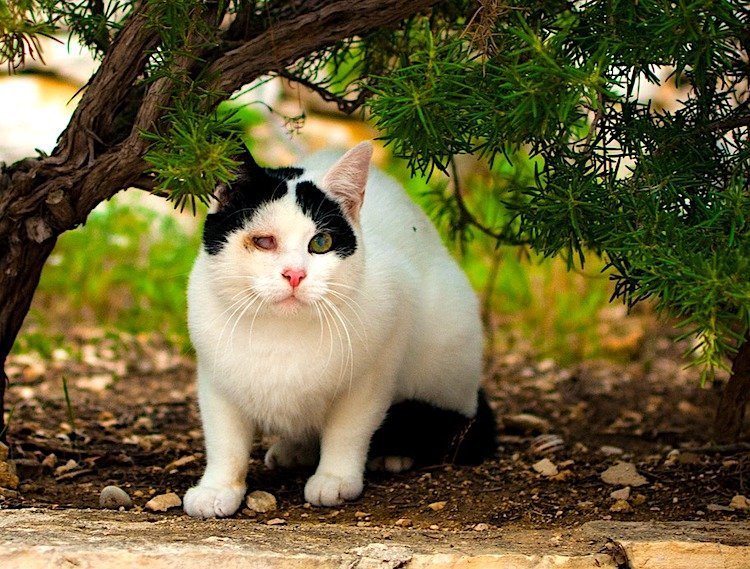
What is a Feral Cat?
Feral cats are lean, elusive cats with little or no human contact, born to stray or feral parents. Unlike domestic cats, feral cats live shorter lives, typically 8 to 9 years, compared to domestic cats that can live into their teens or 20s if kept indoors and properly cared for.
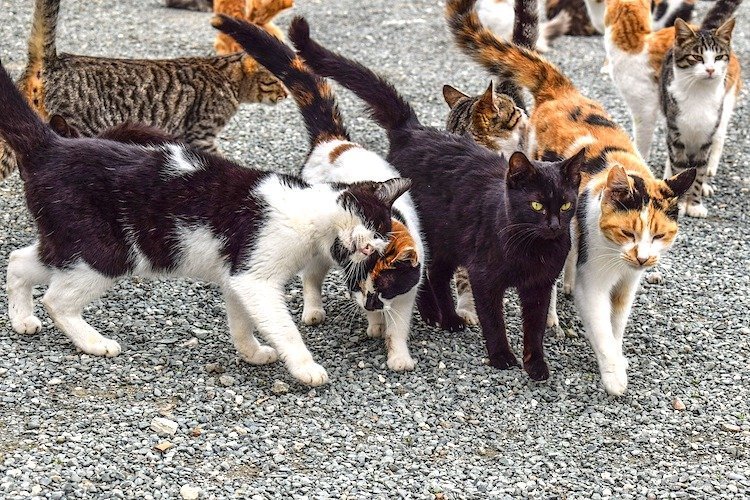
How to Help Feral Cats
- Set Up a Feeding Station and Shelter: Provide food and build or buy shelters to protect them from the elements.
- Trap-Neuter-Return (TNR): Trap the cats, have them neutered and vaccinated, and then return them to their territory.
- Adopt or Foster: Socialize young kittens for adoption or foster a feral cat.
- Donate or Volunteer: Support local organizations that help feral cats by donating money, supplies, or your time.

How to Get Started With TNR
Check with your local animal shelter, humane society, or vet for an active TNR program. If none exist, ask if they can sterilize cats, often for free or at a discount. Then:
- Estimate Colony Size: Ensure enough space for recovery.
- Vaccinations: Confirm rabies shots and possible euthanasia for incurable diseases.
- Gather Volunteers: Enlist help for trapping and transport.
- Acquire Traps: Borrow or rent traps from shelters or vets.
- Feed Regularly: Establish a feeding routine to ease trapping.
- Coordinate Timing: Align with volunteer and vet availability for a smooth process.
How to Safely Trap Feral Cats
Using humane traps is essential in the TNR process to safely capture feral cats for spaying/neutering. Here are some straightforward steps:
- Choose the Right Trap: Use a humane trap suitable for the size of the cat.
- Bait the Trap: Use smelly, enticing food like tuna or sardines.
- Place the Trap in a Safe Location: Set the trap in a quiet area where the cat frequents.
- Camouflage the Trap: Cover the trap with a cloth to make it appear less intimidating.
- Check the Trap Regularly: Monitor the trap frequently to ensure the cat’s safety and comfort.
Feeding and Caring for Feral Cats
Proper feeding and care are crucial for managing feral cat colonies effectively. Here’s a concise guide:
- Set Up a Feeding Station: Place food and water in a consistent, sheltered location.
- Types of Food: Provide high-quality cat food; avoid feeding them table scraps.
- Keep the Area Clean: Regularly clean the feeding area to prevent attracting other wildlife.
- Consistency: Feed the cats at the same time every day to establish a routine.
Identifying Sterilized Feral Cats
With tens of millions of feral cats roaming the United States, how can you tell if a cat has been sterilized yet? Concrete Identification Methods:
- Ear Tipping: The most visible sign is the missing tip of one ear, which was performed surgically by a vet during the TNR cycle.
- Microchipping: Sterilized cats may also be microchipped.
- Collar Tags: Some programs use specific collar tags to indicate sterilization.
- Behavioral Indicators: Altered cats may show reduced roaming, fighting, and mating behaviors, which can indirectly indicate sterilization.
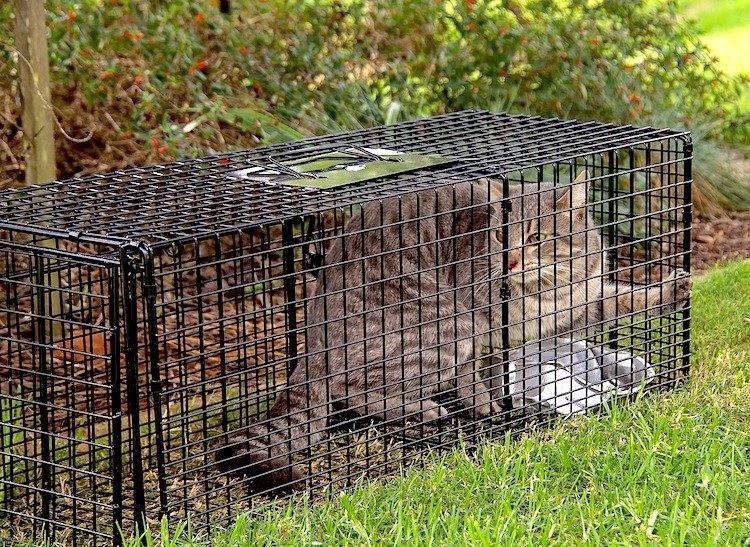
Understanding Feral Cat Behavior
Understanding feral cat behavior helps in managing and caring for them effectively. Key points include:
- Fear and Aggression: Feral cats are typically fearful and may show aggression to protect themselves.
- Nocturnal Activity: Feral cats are often more active at night, which is when they hunt and socialize.
- Body Language: Learn to read their body language; a relaxed cat will have its tail up, while an agitated cat will have its ears back and fur standing up.
Adopt or Foster a Feral Cat or Kitten
Feral cats can sometimes become loving pets with time and care. Young kittens are especially adaptable and can be socialized and adopted. Foster parents are needed to care for these kittens until they can be altered and placed for adoption.
Be a Part of the Solution
- Spay/Neuter: Help spay/neuter feral cats or entire colonies.
- Donate: Support organizations like Alley Cat Allies.
- Volunteer: Offer your time at free or low-cost spay/neuter clinics.

Can a Feral Cat Be Socialized?
Conventional wisdom suggests feral cats cannot fully socialize with humans, hence the recommendation for TNR or barn cat programs. However, Forgotten Felines of Sonoma County states that feral cats can bond with their socializers. WebMD, on the other hand, indicates that most feral adult cats cannot be tamed and behave like wild animals, avoiding humans and being difficult to socialize. They caution against handling feral cats without assistance from animal welfare professionals.
Watch this friendly feral cat, who has become used to the human who feeds her after much interaction:
Can a Domestic Cat Turn Feral?
Yes, domestic cats can turn feral if they lose human interaction and become fearful of people. For example, three cats – Scrabble, Sushi, and Kenya – were fostered due to foreclosure. While Kenya adapted well, Scrabble and Sushi became feral after being isolated. Some cats may resocialize quickly with shelter and affection, but others, like Scrabble, can remain feral despite efforts. Lack of human interaction can cause domestic cats to revert to feral behaviors.
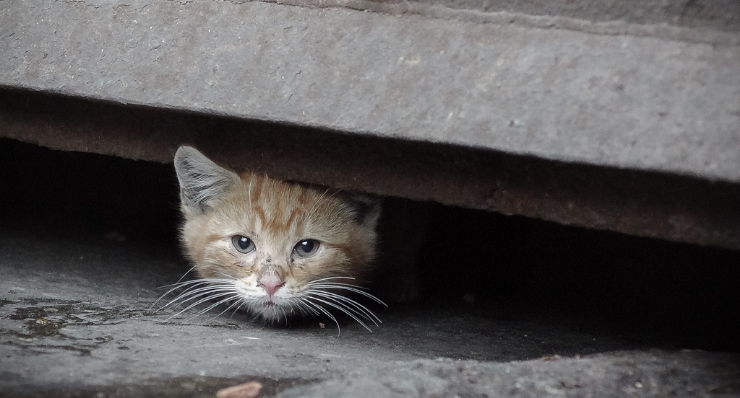
Domestic Cats Turned Feral
Scrabble and Sushi turned feral after being left alone in their old home. Initially, I wasn’t too concerned, having previously worked with many stray and feral cats who settled down with shelter and affection. Sushi followed this script, despite biting my thumb and peeing on my foot at the vet. She mellowed out after our cat Circe befriended her. Scrabble, however, was different. She growled, hissed, and swatted at anyone who came near, remaining fiercely feral despite our efforts.

How to Deal With Pregnant Feral and Stray Cats
Pregnant feral cats present unique challenges. Identify if the cat is feral or stray, as stray cats can reacclimate to homes faster. For TNR (Trap-Neuter-Return), pregnant cats might be spayed to prevent more ferals. Alternatively, trapping the family after weaning or fostering the pregnant cat until birth is viable. Set up a safe nursery with food, water, and minimal human contact. Use white noise and webcams to monitor without disturbing them. Post-recovery, consider no-kill
Feral or Stray?
It’s possible Madame isn’t truly feral; she might have had a home, explaining her calmness. According to Alley Cat Allies, stray cats are socialized to people, whereas feral cats are not. Stray cats can become feral if they lose human contact but can also reacclimate to homes. Feral cats, having little to no human contact, are more self-reliant and less likely to approach people. However, their kittens can be socialized, so experts recommend separating them from the mother as soon as possible.
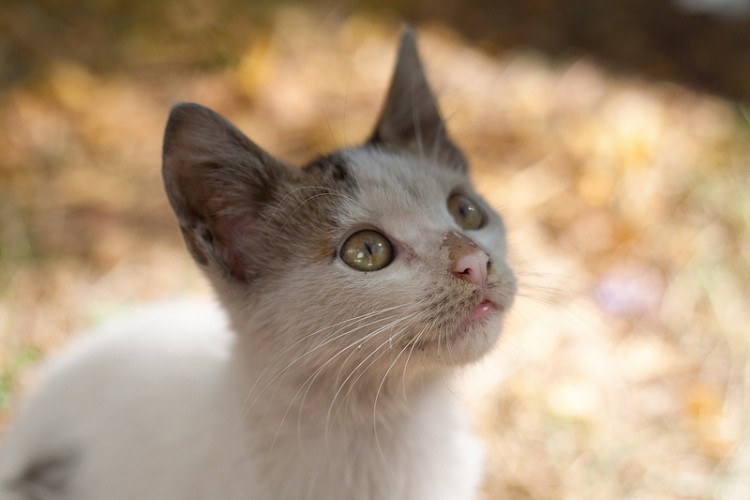
Trap, Neuter, and Foster
The usual way of dealing with feral cats is TNR (Trap-Neuter-Return), which involves trapping, neutering, and returning cats to their territory with ongoing care. TNR proponents believe feral cats don’t make good pets and thrive better in their colonies. However, pregnant feral cats present a challenge. Tiny Kittens Society suggests spaying pregnant females to allocate resources effectively or:
- Trapping the whole family once the kittens have been weaned.
- Getting the mom into a trap during the last week or so of her pregnancy and fostering her until her kittens are ready to be socialized.
These methods aim to control the feral population humanely.
Setting Up the Nursery
Setting up a nursery for a pregnant feral cat can vary from simple to elaborate. Here’s what you might include:
- Basic Setup: Litter box, food, water dishes, and a hiding spot.
- Advanced Setup (Tiny Kittens Society):
- White-noise machine to mask unfamiliar sounds.
- Web camera for monitoring with minimal human interaction.
- 36-inch reacher stick to make contact without touching.
- Logs and litter boxes with natural materials to ease the cat’s stress.
- If available, place the feral queen’s kittens with another nursing mom to help with socialization and comfort.
Tiny Kittens Society advises checking with your vet to ensure safety for all kittens.
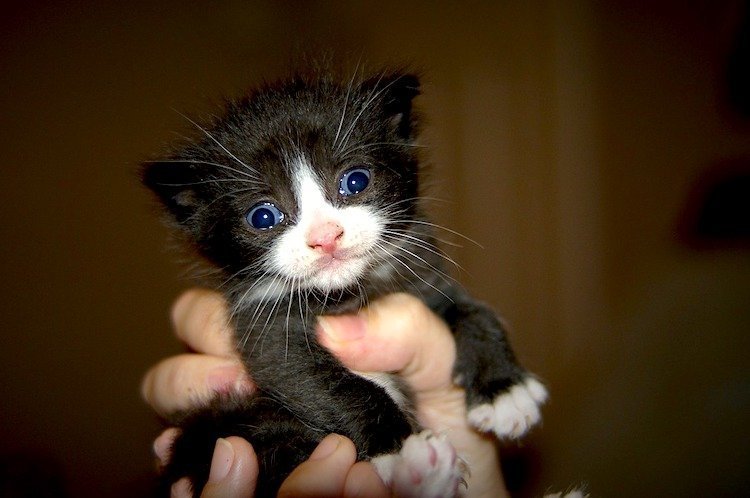
How to Tame Feral Kittens
Taming feral kittens can turn them into adoptable pets. Here’s a step-by-step guide:
- Get Them Seen by the Veterinarian: Take kittens weighing over 2 pounds to the vet for spaying/neutering, vaccinations, and flea treatment.
- Provide a Safe Space in Your Home: Create a confined space with a litter box, food, water, beds, and toys.
- Ignore Them at First: Allow the kittens to become comfortable without trying to handle them initially.
- Read to the Kittens: Spend 15 minutes at a time reading aloud to get them accustomed to human voices.
- Introduce Them to Play: Use string toys to engage them without getting too close.
- Handle the Kittens With Care: Gradually initiate physical contact, letting them come to you. Handle them regularly to acclimate them to human touch.
Successfully taming feral kittens provides them with a safe, long life and helps reduce the feral cat population. The biggest reward is seeing these wild kittens become happy, socialized pets.
Frequently Asked Questions (FAQ)
What is a feral cat?
A feral cat is a domestic cat that has reverted to a wild state and typically avoids human contact.
What is the lifespan of a feral cat?
The lifespan of a feral cat is usually significantly shorter than that of a domesticated cat, often ranging from 2 to 5 years.
What does it mean when a cat is feral?
When a cat is feral, it means the cat is living in the wild, is unsocialized to humans, and generally avoids human interaction.
References
- “How You Can Help the Cats.” Feral Cat Spay/Neuter Project. http://www.feralcatproject.org/how-you-can-help.
- “Feral Cat Shelter Options.” Alley Cat Allies. https://www.alleycat.org/resources/feral-cat-shelter-options-gallery/.
- Berkeley, Ellen Perry. Maverick Cats: Encounters With Feral Cats. The New England Press, Inc. 2001.
- Olson, Robin. Kitten Associates Inc. http://kittenassociates.org/.
- “U.S. Faces Growing Feral Cat Problem.” National Geographic. Sept. 7, 2004. https://www.nationalgeographic.com/animals/2004/09/feral-cat-problem/.
- Bickel, Heidi. “TNR and The Law: What Feral Caretakers Need to Know.” Stray Pet Advocacy. 2004. http://www.straypetadvocacy.org/tnr__the_law.html.
- Bloomfield, Andrew. Call of the Cats: What I Learned About Life and Love From a Feral Cat Colony. New World Library. 2016.
- “Helping Stray and Feral Cats.” WebMD. May 2, 2019. https://pets.webmd.com/cats/helping-stray-and-feral-cats#1.
- Falconer, Julie. “How to Help Your Neighborhood’s Feral Felines: Tips for Keeping Neighborhood Cats Safe.” The Humane Society of the United States. July 1, 2016. https://www.humanesociety.org/news/keeping-neighborhood-cats-safe.



